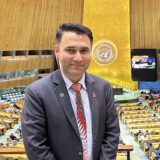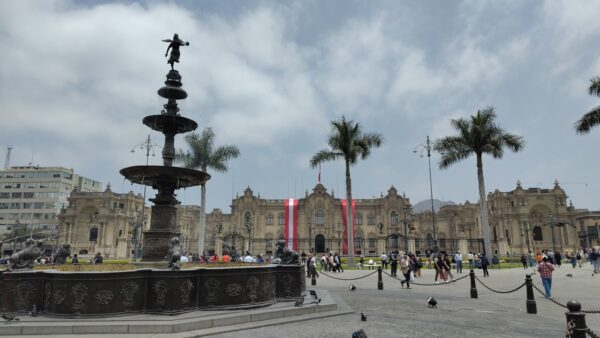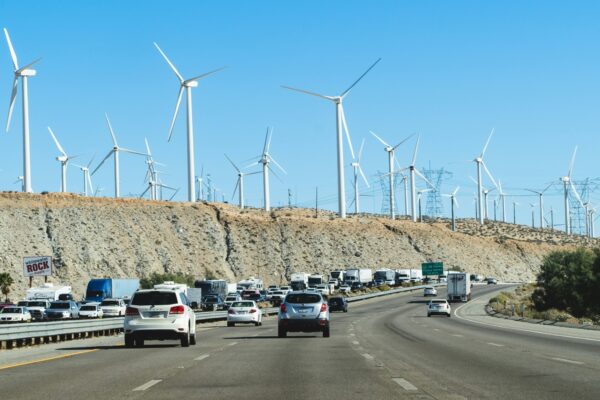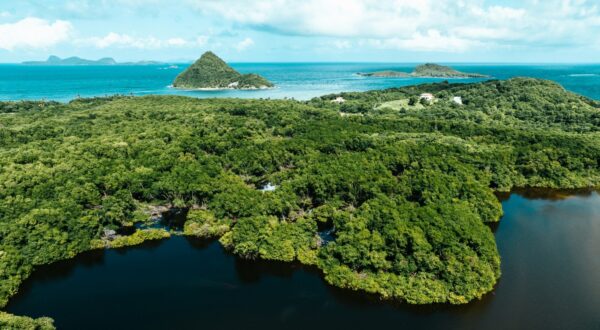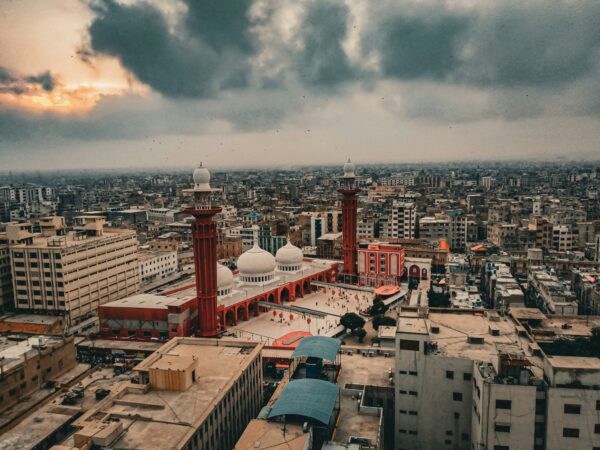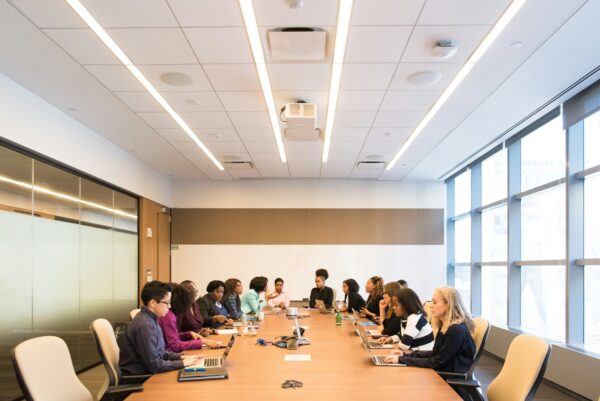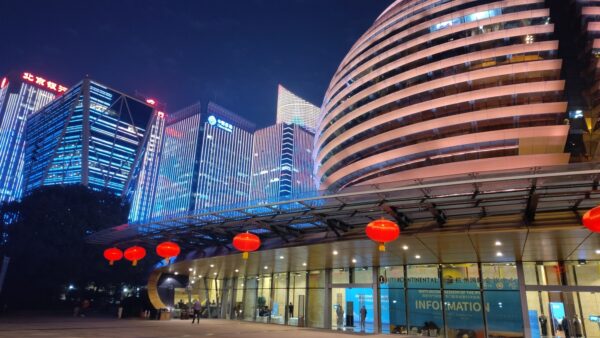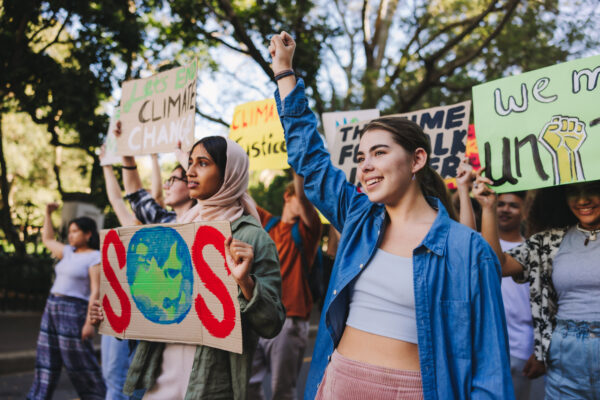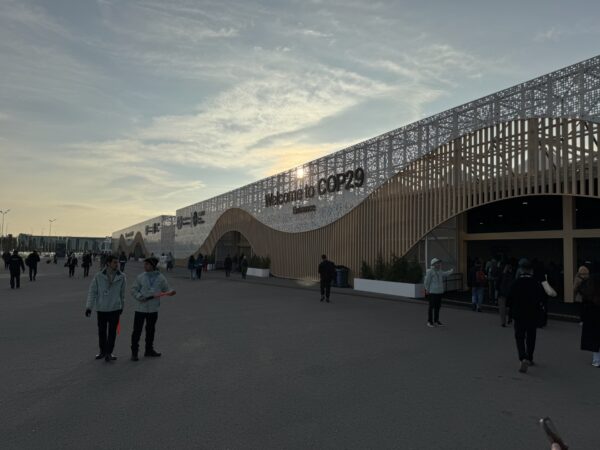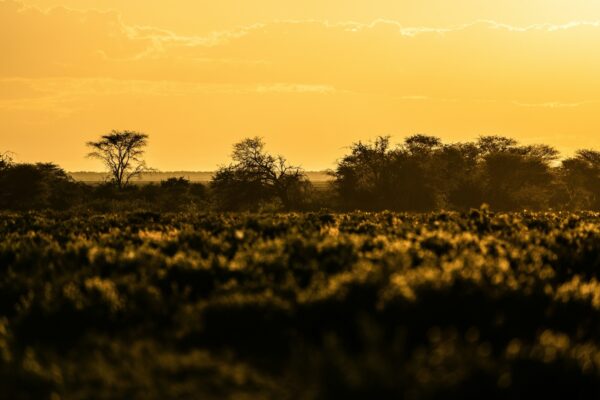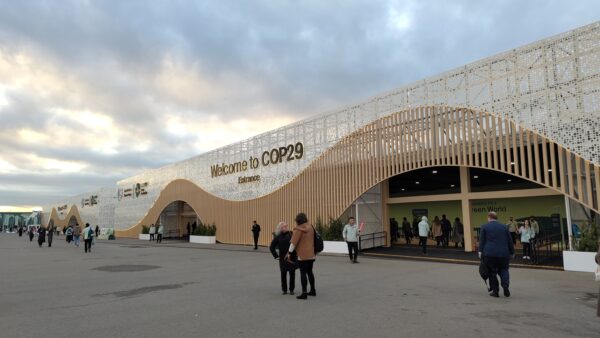Loss and damage fund gearing up to deliver early support
The Fund for responding to Loss and Damage is gearing up to disperse funds for the first time. Here's what countries need to know on accessing the Fund.
Share
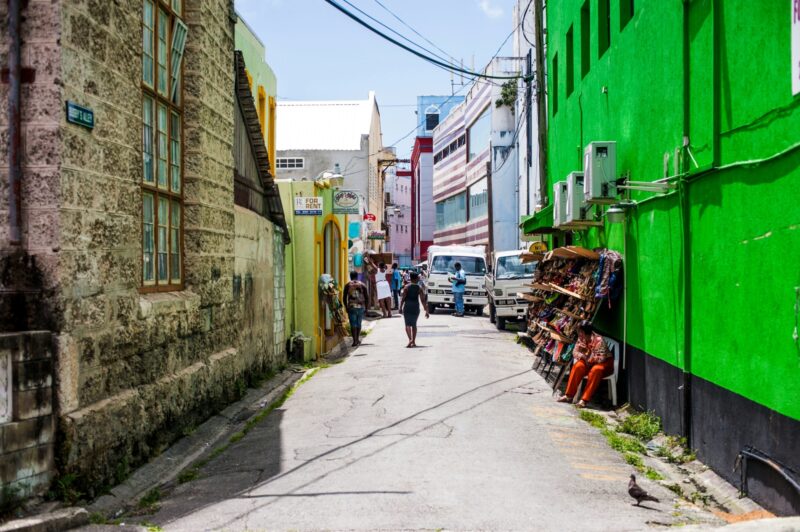
Following agreement at the fifth Board meeting of the Fund for responding to Loss and Damage (FRLD) in Bridgetown, the Fund will launch an early call for proposals after its next Board meeting under its Barbados Implementation Modalities (BIM) for the period of 2025-2026. The BIM will finance country-led initiatives to address climate change-induced loss and damage, while also serving as a learning opportunity to shape the longer-term operational framework of the Fund.
What will the BIM fund?
The BIM will support an initial set of loss and damage interventions for 2025-2026, with a total envelope of USD 250 million. This phase will fund activities, projects, or programmes ranging from USD 5-20 million. While funding will primarily be grant-based, countries may also blend grants and other financial instruments.
During this phase, the Fund will finance a spectrum of country-led needs arising from extreme- and slow-onset events, in line with the Fund's governing instrument. These include rapid response as well as intermediate and long-term recovery, reconstruction and rehabilitation. Support intends to respond to economic impacts like assets and infrastructure loss as well as non-economic impacts like displacement and cultural heritage loss. The Fund can also support development of national response plans and address gaps in climate information and data. Interventions may be implemented within a single country or across countries, depending on the scale of impacts.
The Board will evaluate the BIM’s progress by 2027, using findings to shape the Fund’s long-term impact orientation and operations.
Who can access the fund, and how?
The BIM will finance loss and damage response in developing countries that are particularly vulnerable to climate impacts. To ensure equitable access, the BIM sets a minimum allocation floor of 50% for Least Developed Countries (LDCs) and Small Island Developing States (SIDS), groups which together represent 49% of the eligible recipient countries, and given heightened vulnerability and capacity limits, require dedicated support. To ensure balance, safeguards will prevent over-concentration of funding in any group of countries, country or region.
Once designated, a national authority or focal point is expected to submit funding requests. To expedite access, the Board has proposed initial access through entities already accredited to the Adaptation Fund, Green Climate Fund, and Global Environment Facility, or through traditional institutions such as Multilateral Development Banks, UN agencies, and International Financial Institutions. Direct budget support is another option, requiring demonstration of functional equivalency with the World Bank’s fiduciary standards and environmental and social safeguards. The Board may consider some flexibility on access for the BIM phase, with further discussion planned for the next Board meeting.
What preparations do countries need to access resources?
Given that the initial call for proposals will be time-bound, early preparations will be key for participating countries.To effectively prepare to access resources countries should:
- Designate a national authority or focal point to coordinate with the Fund.
- Strengthen domestic level governance and coordination across institutions, particularly since loss and damage response activities span various sectors.
- Identify potential areas of support with proposals that are grounded in scientific evidence and with a sound rationale for addressing loss and damage.
- Identify accredited institutions, preferably domestic entities, which can receive, manage and implement funding effectively.
- Explore joint or regional proposals to address transboundary climate impacts.
What resources are available and what is still needed?
The BIM will initially operate with a capital of USD 250 million — a starting figure that reflects the confirmed contributions received by the trustee of the Fund, of the USD 768.4 million pledged. The Board anticipates reassessing further allocation needs of the BIM by early 2026.
Simultaneously, ensuring the Fund’s long-term viability, is also a significant priority. The Board will finalise a resource mobilisation strategy by the end of 2025. This strategy will be crucial to secure predictable and timely contributions to the Fund at the scale needed. Conservative projections show the economic costs of climate change-induced loss and damage in developing countries at USD 290-580 billion in 2030, rising to $1-1.7 trillion by 2050. These costs will become much higher if countries are not able to get on a 1.5C warming trajectory by the end of the century.
To ensure adequate and predictable finance flows to the FRLD, developing countries had called for the inclusion of loss and damage within the scope of the New Collective Quantified Goal on climate finance (NCQG). However, COP29 in Baku did not explicitly include loss and damage in the NCQG target. Still the NCQG decision acknowledges the need for public, grant-based and highly concessional finance for loss and damage. It also decides that a significant increase in public resources should be provided through the climate funds of the UNFCCC (which includes the FRLD), aiming to triple annual outflows from these funds from 2022 levels by 2030. These provisions within the NCQG decision allow room for further discussion of finance for loss and damage as part of the goal’s implementation. In this context, the work in 2025 on the Baku to Belém Roadmap to 1.3 trillion, must prioritise securing adequate finance flows to the FRLD.
The loss and damage fund is entering into a critical implementation phase, offering vital support amidst growing climate impacts. Countries must swiftly prepare to access the fund, while also preparing to report on experiences and lessons learned. This shared learning will be fundamental in ensuring that the FRLD provides lasting and effective assistance in response to loss and damage.
